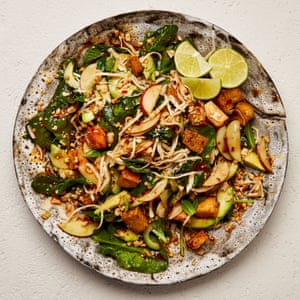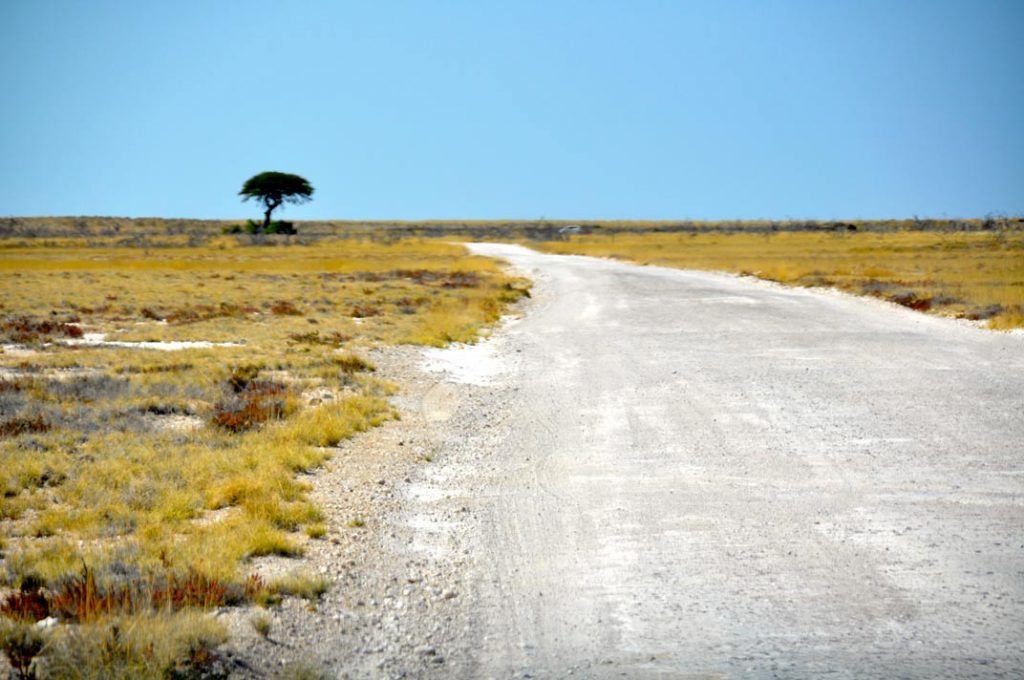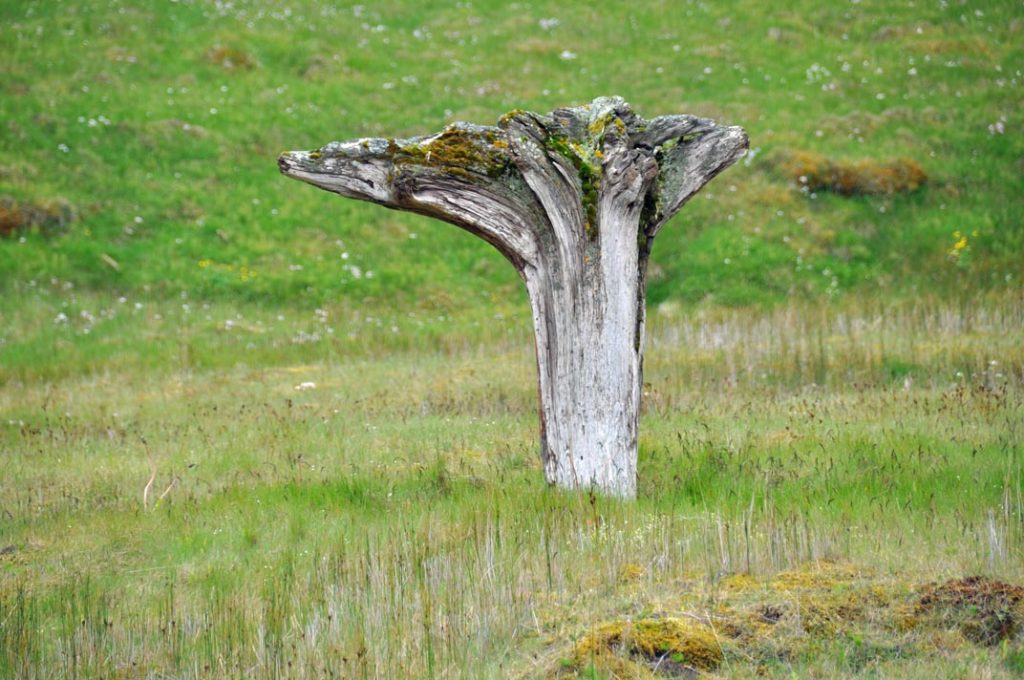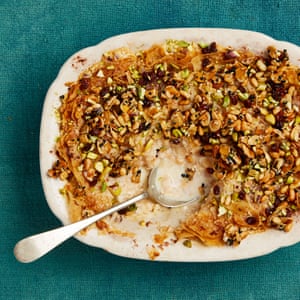Planning a trip to Japan, and I’ve started with some standard tours from a specialist firm called Inside Japan.
What I want is an extended introduction, preferably with some Ghibli overtones for my kids to enjoy. The basic specialist tour looks something like this:
Tour 1: Basic Japan – 15 Days

The list price for the basic trip seems to be around £1500 per person, not including air fares. A quick look at sky scanner shows a standard fare from London to Tokyo to be around £1100 each so a total starting cost for a family of four adults of around £11,000.
The basics focus most trips is Tokyo, Hakkone (Mt Fuji) Kyoto and Miyajima (Hiroshima) with a trip to countryside (Takayama). It also makes the most of the excellent rail system. With some old work colleagues living in Tokyo, we may need an extra day to hang out and visit with people. At the same time, I’m probably happy to skip the days in Hakone.

But there are some interesting ways to mix things up which would all add to the cost. The basic trip includes a few days in the Japanese alps in Takayama, but we could also head south to the sub-tropical islands. We could include a bit of the countryside and more traditional Japanese towns and villages.
Looking through a Studio Ghibli article, there are a couple of places that jump out.
- Ghibli Museum (near Tokyo)
- Tomonoura, Seto Inland Sea – the setting for Ponyo
- Yakushima Island – a setting associated with Princess Mononoke
- Dogo Onsen, Matsuyama – the tea house most closely linked to Spirited Away
The Ghibli Museum is easy enough to include on any trip. Dogo Onsen, Matsuyama is currently being refurbished so would not be worth a visit and a Ghibli themed tour of Tokyo seems to claim an alternative bathhouse with Spirited Away. Hmm.
It looks like it could be a long long journey by ferry, train and shinkansen from Kyoto to the island of Yakushima, but once there it seems to be the kind of place you would stay for a long weekend’s retreat. To get to the island mostly involves travel via Kagoshima so maybe we could follow a route down through the islands from Nagasaki.
As well as being the famous second site for the US nuclear bombs, Nagasaki has an interesting role as the only Japanese port open to the West for most of Japan’s long history. It’s probably worth a visit irrespective of a jaunt south to the islands. A trip to Nagasaki would add maybe two more nights to the trip.
Maybe we could travel south slowly by train and ferry but fly back to Osaka? That would add another two to three days in Yakashima.
Japan Air Commuter, a member of the JAL Group, operates one round trip per day between Osaka‘s Itami Airport and Yakushima. Flight duration is about 100 minutes. The regular one way fare is around 39,000 yen with discount fares available for around 27,000 yen (around £275)
Looking at a Japanese natural history programme, suggests a few tours other than the Tokyo Ghibli trip. In particular there are a few sites close to Kyoto i.e..
- Harie(針江), in Shiga prefecture, is known as the village of living water, near Kyoto (probably a day trip)
- Japan’s bowing deer of Nara, Todaiji Temple probably a day trip from Kyoto
We could also include a trip to the 500 metre path through the Sagano Bamboo Forest on the western outskirts of Kyoto. All of this would need at least one extra night in Kyoto.
The places above all look as if they could be included on the standard trips via Kyoto day trips. I’d also like to visit a spa and see some macaques maybe near Nagano (Yudanaka and Shibu Onsen villages are places to stay in a traditional wooden Japanese inn and experience why the monkeys love relaxing in the onset)

but we may just have to skip Japan’s black bears which are most easy to find in Hokkaido. The various cat islands also look difficult to incorporate into the standard trip – I wonder if there are any cat shrines accessible?
Or if there’s a tour that focuses on the tanuki (Japanese Racoon dogs) taking up residence in the cities?
And the firefly displays are a May-July phenomena only so we’ll miss them if we travel in September. Similarly the bioluminescent firefly squid of Toyama Bay come together in a stunning electric-blue display but in May-June, so a September trip will miss them.








































